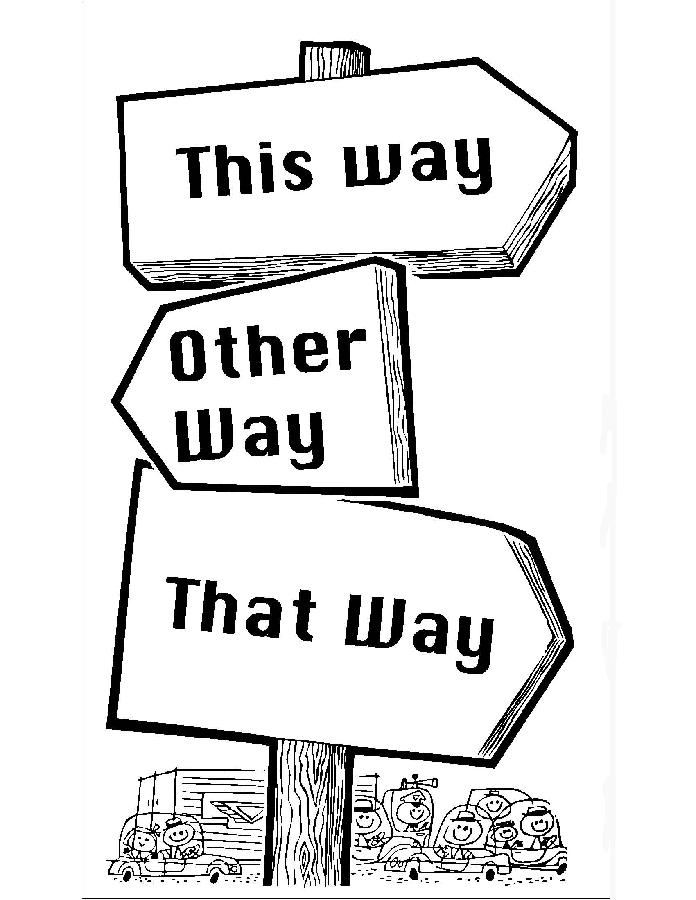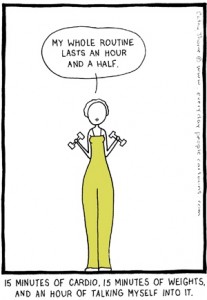by Deirdre | Feb 27, 2012 | Mindful living

Food allergies, food intolerances and food sensitivities – all terms that are getting more play in the holistic nutrition and naturopath communities. They are said to play a role in chronic conditions. But where we notice them most is the way they disrupt our digestion and dampen our energy. They can cause a low level stress response in our body, wearing us down in subtle ways. But how do they differ? (more…)
by Deirdre | Feb 9, 2012 | Mindful living
 I’m always admiring and a little bit envious when I meet people who have accomplished transformations in their lives. Admiring because I love to see the results when someone applies their spirit, determination and belief in themselves for a great purpose. Envious because they’re on the other side of all the hard work that goes into one of those transformations. They already pulled themselves from the inertia of the routine. They’ve ignored that internal voice telling them that they’ve had better ideas. And they did it day after day after day. (more…)
I’m always admiring and a little bit envious when I meet people who have accomplished transformations in their lives. Admiring because I love to see the results when someone applies their spirit, determination and belief in themselves for a great purpose. Envious because they’re on the other side of all the hard work that goes into one of those transformations. They already pulled themselves from the inertia of the routine. They’ve ignored that internal voice telling them that they’ve had better ideas. And they did it day after day after day. (more…)
by Deirdre | Feb 1, 2012 | Mindful living
x
The calls for exercise get a bit tedious after a while, don’t they? We know, we know . . . we should be exercising every day, doing hot yoga, be able to kick any booty at boot camps. Not to mention running half-marathons and outscoring the kids at hockey. Sometimes it just sounds all so exhausting. And time-consuming.
The most annoying thing about exercise enthusiasts is this – they’re right on every level. (more…)

by Deirdre | Jan 24, 2012 | Mindful living
Our lives are filled with stress, no doubt about it. When you’ve taken on a big slice of life you have things.to.do. and not.enough.time to do them. If ‘being stressed’ was an item on our to-do list, we’d go to bed every night feeling complete and accomplished. (more…)
by Deirdre | Jan 13, 2012 | Mindful living
Goal setting is one of the most important parts of bringing your vision to fruition. But what a tangled thicket some of us have to climb through to get there. Too much like work, I often hear. Some people do better when they work with the intentions – the idea of setting a general direction or theme for accomplishment and grabbing opportunities that push you in that direction. Others like the idea of practices – daily rituals that will create space in your life for the good stuff to show up.
One Day at a Time

Carrie Wilkerson, The Barefoot Executive and all-around amazing woman, describes that digging herself out of six figure debt, building a business and losing 110 pounds – while raising four kids – was accomplished one day at a time, one choice at a time. I asked her how she set her goals and she replied: “I set benchmark goals, but some days it really is just ‘today I am drinking water instead of diet soda’ and that’s the best I can do. Daily seems less overwhelming than 40 lbs by my birthday, etc.” Her edge of change was in each moment she chose to do something good for herself.
Why is goal setting so highly charged? According to Robert Maurer, author of The Kaizen Way, the brain is designed so that any new challenge or opportunity or desire triggers some degree of fear. So the bigger the goal, the bigger the fear. Fear is very creative and can make compelling arguments about failure, shame, how success changes us or any of the myriad of fears we humans are able to conjure out of nothing.
The brain is hardwired for fear and has a circular stress/fear/stress loop that is ingenious. Once you activate the stress response by taking on taking on a difficult goal, breaking out of the loop is a major success in its own right. Here’s how it works – thinking of a goal stimulates the amygdala, which is designed to focus on threats and act quickly on them. The amygdala stimulates the fight-or-flight response which ultimately floods your body with cortisol. Cortisol then suppresses the hippocampus, which normally keeps the amygdala in check (along with making the memories that put fear in context). This takes the brakes of the amygdala, leading to more cortisol, and around we go again.
At the same time, your prefrontal cortex, the voice of reason and rationality, takes a hit in strength. So when your body produces the sensations that you relate to danger – like heart pounding – the sense-talking PFC has changed sides and is backing up the amygdala. As Rick Hanson, author of Buddha’s Brain, put it so well, “It’s like being in a car with an out of control driver who thinks everyone else is an idiot.”
The people that love making goals can take the body sensations of fear and anxiety and turn them into another emotion – like excitement. They come to life when they sense a challenge. Keeners, true, but they provide a big clue for the goal-averse.
Find the edge of fear/excitement that you can live with and work it on a daily basis.
It’s the sweet spot where you feel a little clammy from anxiety, but your brain hasn’t been hijacked by fear. Those small consistent goals let you bypass the amygdala and strengthen your response to stress. Push, push, push against that edge on a daily basis. Don’t forget to breathe – it helps with recovery. Have compassion when you push too far. But once you’ve settled back down, return to the edge and start again.
Posted by Deirdre Walsh
Image: Death to Stock
If you enjoyed this post, please share it with your friends!




